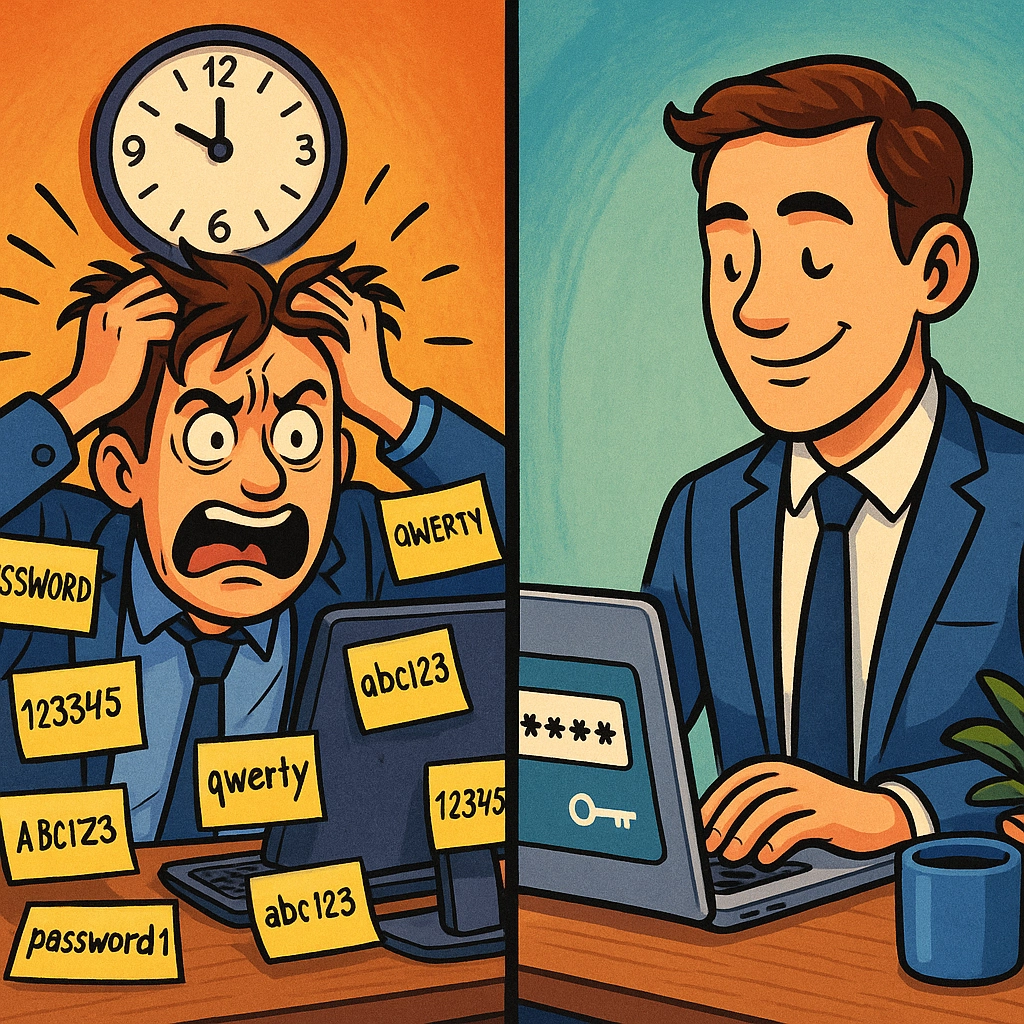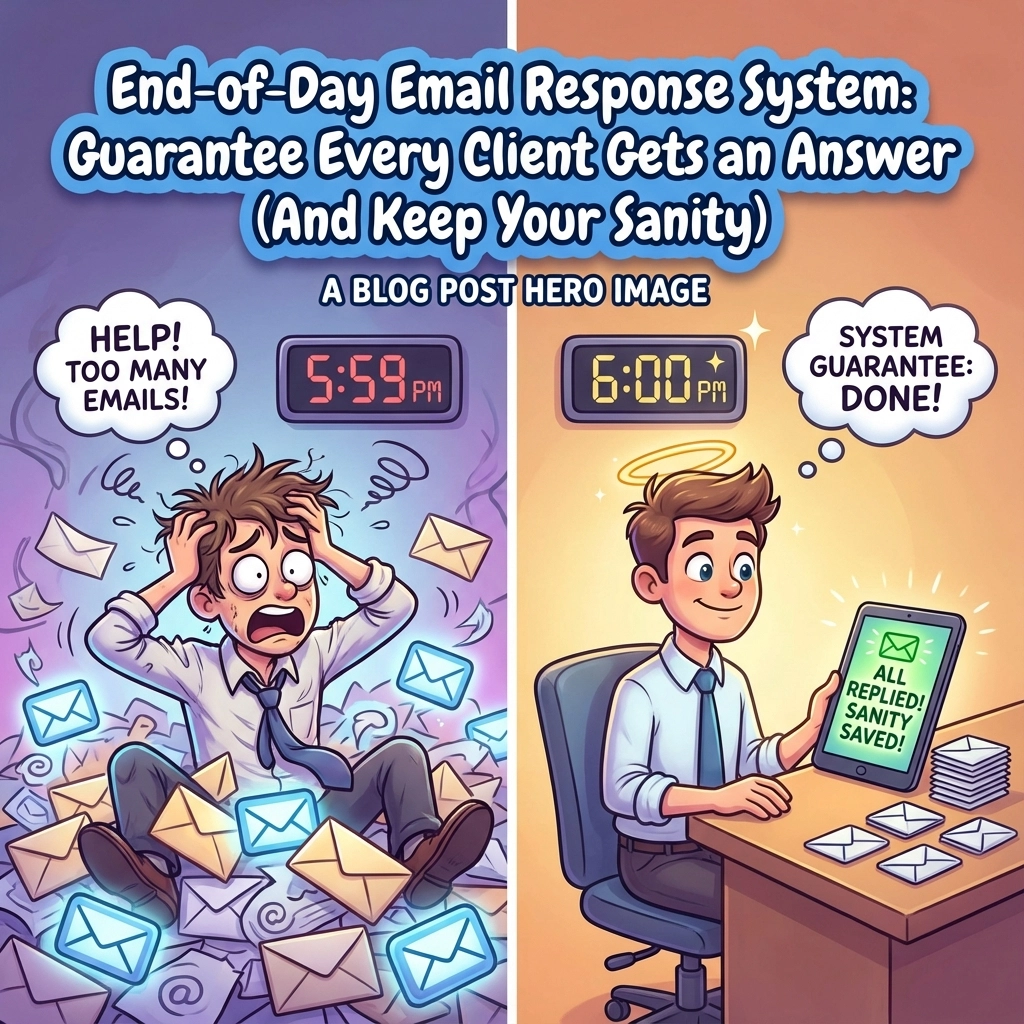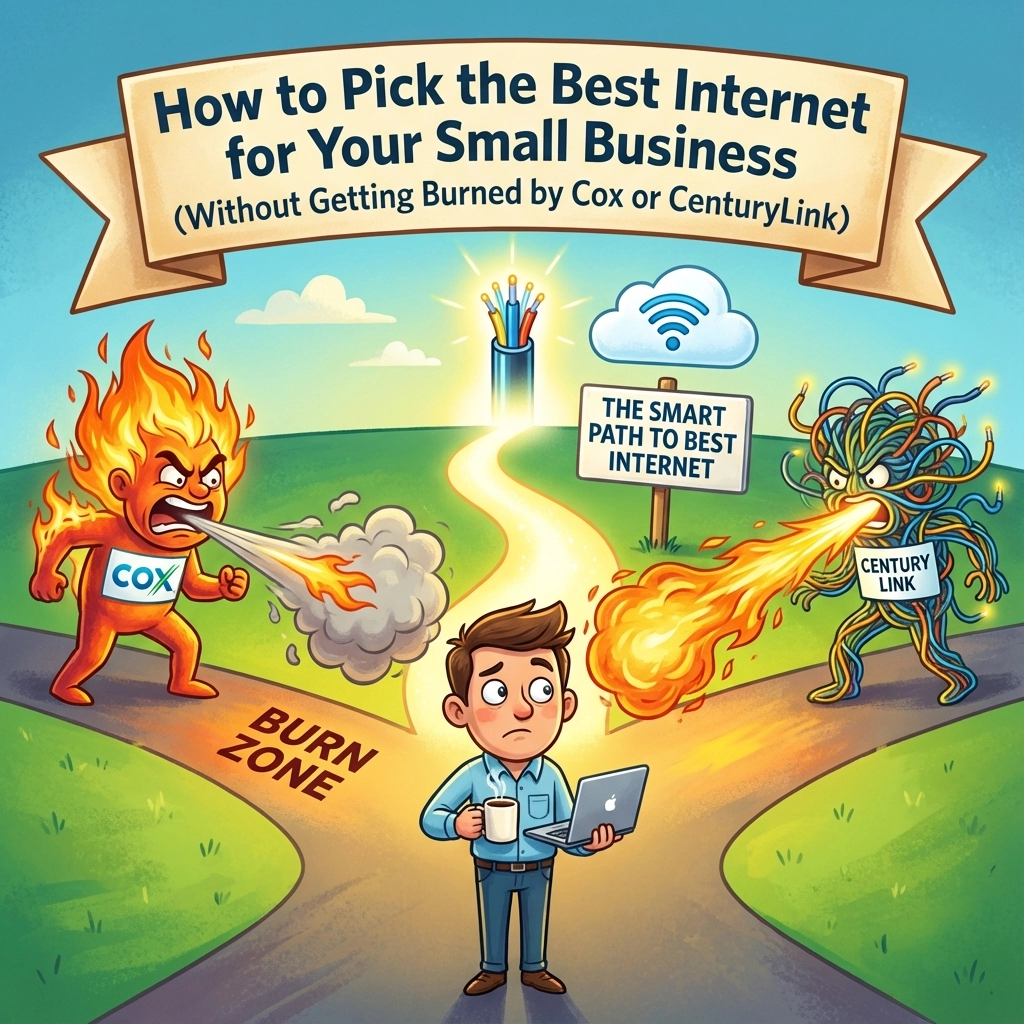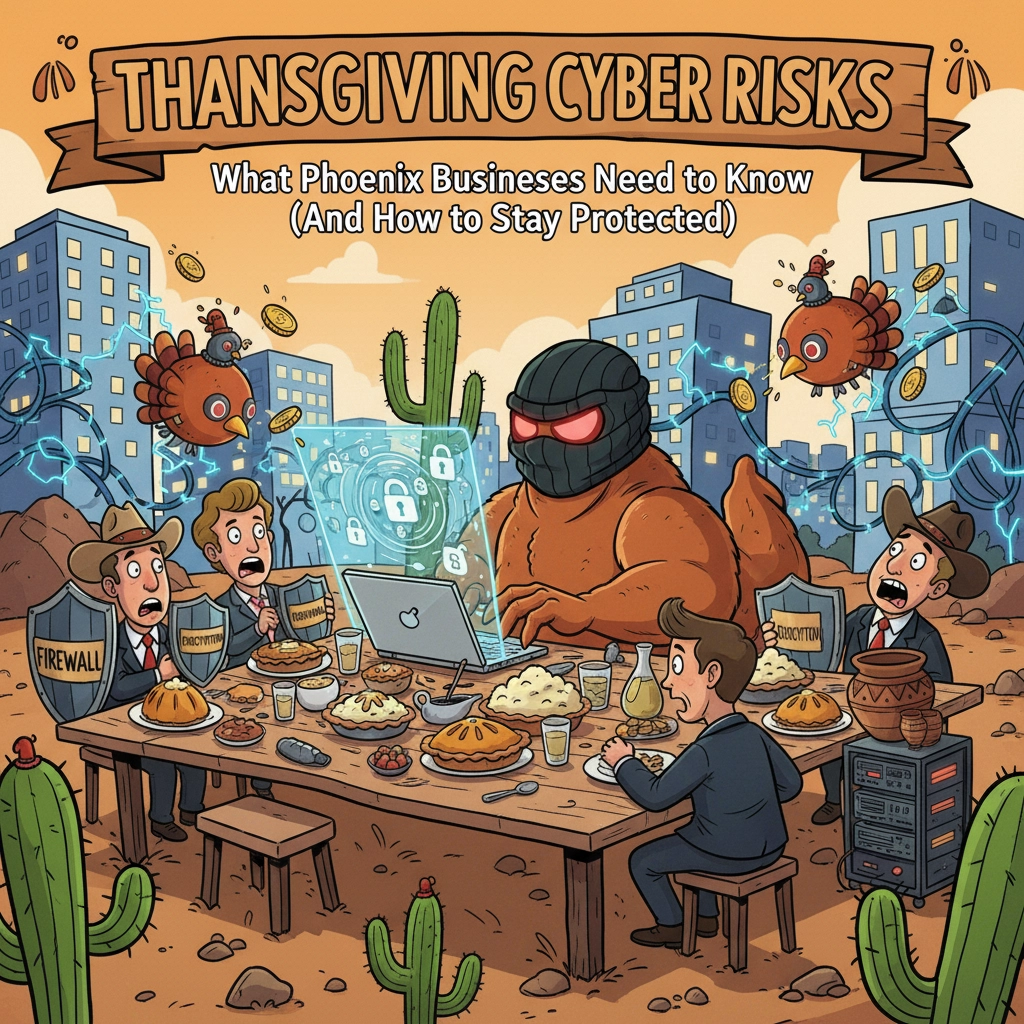The Truth About IT Support: It’s a Two-Way Street
When most businesses think about IT support, they imagine a one-way service: you have a problem, you call someone, they fix it. Simple, right? Not exactly. The most successful IT partnerships we’ve built at Your Personal Ninja aren’t the ones where we swoop in, fix things, and disappear until the next crisis. They’re the collaborative relationships where both sides put in effort.
Real IT support isn’t magic—it’s a partnership that requires active participation from both parties. Think of it like going to the gym: you can hire the best personal trainer in the world, but if you don’t follow their advice or put in the work between sessions, you won’t see results.
Beyond “Just Fixing Things”: Building Better Workflows
Modern IT support is about so much more than troubleshooting when things break. It’s about creating systems and workflows that make your daily operations smoother, faster, and less frustrating.
Take password management, for example. Many businesses still have employees who:
- Write passwords on sticky notes
- Use the same simple password for everything
- Spend countless hours requesting password resets
- Share login credentials through unsecured channels
When we recommend implementing a password manager, we’re not just addressing security—we’re talking about saving real time and reducing frustration. But this requires you to:
- Learn a new system
- Update your habits
- Stick with it even when it feels unfamiliar
- Trust the process
The same goes for other efficiency upgrades like calendar management tools, digital task lists, email organization systems, and scheduling links. These aren’t just “nice to have” tech—they’re fundamental shifts in how work gets done.

The Learning Curve: Yes, It’s Real (And Worth It)
Let’s be honest: learning new systems is rarely effortless. Whether it’s mastering a new CRM, adopting cloud-based file sharing, or implementing automated scheduling, there’s always a learning curve.
One client we worked with, a small accounting firm, initially pushed back hard against moving from their paper calendar and manual client booking system to a digital scheduling platform. The first two weeks were rough—they missed appointments, double-booked clients, and questioned whether the new system was worth the hassle.
Fast forward three months: their client scheduling errors dropped by 90%, they reclaimed 15 hours a week previously spent on manual scheduling, and they expanded their client base by 20% without adding staff. When asked if they’d go back to the old way, the answer was an emphatic “absolutely not.”
This pattern repeats itself across virtually every meaningful tech upgrade:
- Initial resistance
- A challenging adjustment period
- A breakthrough moment
- Wondering how you ever managed the old way
The key difference between successful transitions and failed ones? Commitment to pushing through that initial discomfort.
The Hidden Costs of Clinging to Old Habits
“We’ve always done it this way” might be the most expensive phrase in business. When you resist updating workflows and systems, you’re paying invisible costs every day:
Time Waste: How many hours do your employees spend on tasks that could be automated? One marketing agency we work with discovered they were losing 23 hours weekly to manual social media posting—nearly a full-time position’s worth of productivity.
Error Rates: Manual processes invite human error. A healthcare client reduced prescription transfer errors by 78% after implementing a digital tracking system we recommended.
Opportunity Cost: While you’re busy managing inefficient systems, your competitors are innovating and capturing market share.
Employee Satisfaction: Today’s workers expect modern tools. Outdated systems create frustration that drives talent away.

The Partnership That Pays: IT Support + Your Effort
When both sides fully commit, the results can be transformative:
Case Study: Legal Practice Management
A small law firm we support initially resisted our recommendation to move to a comprehensive practice management system. They worried about the learning curve and disruption. After six months of gentle encouragement, they agreed to a pilot program.
We provided:
- System setup and customization
- Initial data migration
- Staff training sessions
- Ongoing support during the transition
They committed to:
- Dedicating time to learn the system
- Actively using new features even when the old way seemed easier
- Providing feedback on challenges
- Being patient through growing pains
The result? Within four months, they:
- Reduced billing cycle time from 45 days to 12
- Decreased missed client communications by 65%
- Improved document organization and retrieval
- Enabled secure remote work for their entire team
The firm partner who had been most resistant became the system’s biggest champion, noting: “I wish we’d done this years ago. Yes, it was a pain at first, but now I can’t imagine practicing law without it.”
How to Be an Active Partner in Your IT Success
Want to maximize the return on your IT support investment? Here’s how to approach the partnership:
1. Embrace the learning process
- Recognize that temporary discomfort leads to long-term gains
- Allocate proper time for training and adjustment
- Celebrate small wins as you progress
2. Communicate openly
- Share your pain points honestly
- Ask questions when you don’t understand
- Provide feedback on what’s working and what isn’t
3. Trust expert guidance
- Remember that recommendations come from experience
- Be willing to try approaches that feel unfamiliar
- Follow through on the advice you’re given
4. Focus on one change at a time
- Don’t try to overhaul everything simultaneously
- Master one new system before moving to the next
- Build on each success

The Security Dimension: Beyond Convenience
While we’ve focused primarily on efficiency, it’s worth noting that many modern IT recommendations also significantly enhance your security posture. When we suggest tools like:
- Multi-factor authentication
- Cloud-based backup solutions
- Endpoint protection systems
- Secure communication platforms
We’re helping you build protection against increasingly sophisticated threats. These security measures may require additional steps in your workflow, but they create a critical shield for your business in an era where cyber incidents can be existentially threatening.
The Bottom Line: A Better Tomorrow Starts Today
The most successful businesses we support at Your Personal Ninja share a common trait: they understand that meaningful improvement requires investment—not just of money, but of time and effort.
Every workflow upgrade involves a transition period. Every efficiency gain requires learning. Every security enhancement needs adaptation. But these investments create compounding returns:
- Today’s small changes in habits create tomorrow’s major time savings
- This week’s training leads to next month’s productivity breakthrough
- This quarter’s systems upgrade enables next year’s business expansion
The businesses that thrive in the coming years won’t be the ones with the biggest IT budgets—they’ll be the ones who actively partner with their IT support to implement and embrace better ways of working.
Ready to put in the work for a smoother, smarter tomorrow? The first step is identifying one workflow that’s causing friction in your business—whether it’s communications, scheduling, document management, or something else—and committing to improving it. Your IT team is ready to guide you through the process, but remember: the partnership works best when you’re all in.
Share this:
- Click to share on Facebook (Opens in new window) Facebook
- Click to share on Tumblr (Opens in new window) Tumblr
- Click to share on X (Opens in new window) X
- Click to share on Pocket (Opens in new window) Pocket
- Click to share on Pinterest (Opens in new window) Pinterest
- Click to share on LinkedIn (Opens in new window) LinkedIn




